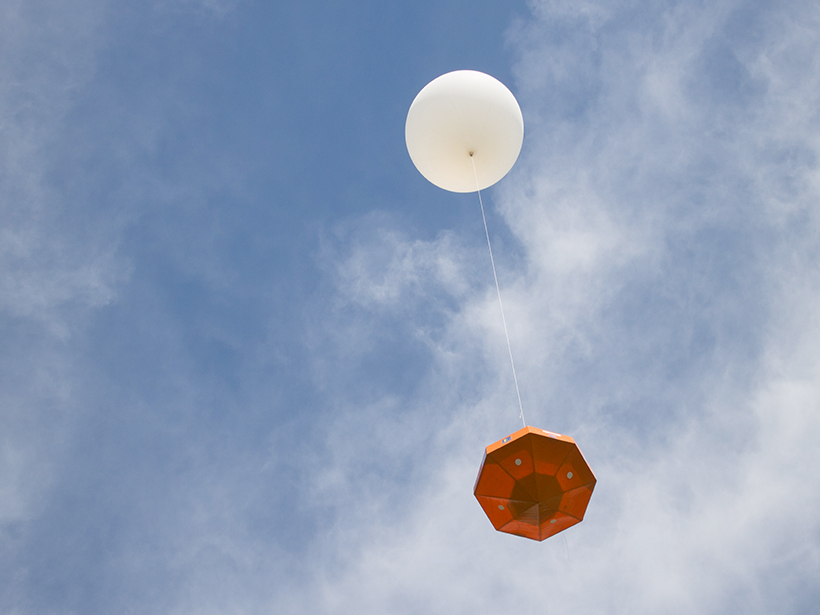High school students launch their own high-altitude payloads and learn from their successes and failures through a science research training program led by the University of New Hampshire.

High school students launch their own high-altitude payloads and learn from their successes and failures through a science research training program led by the University of New Hampshire.